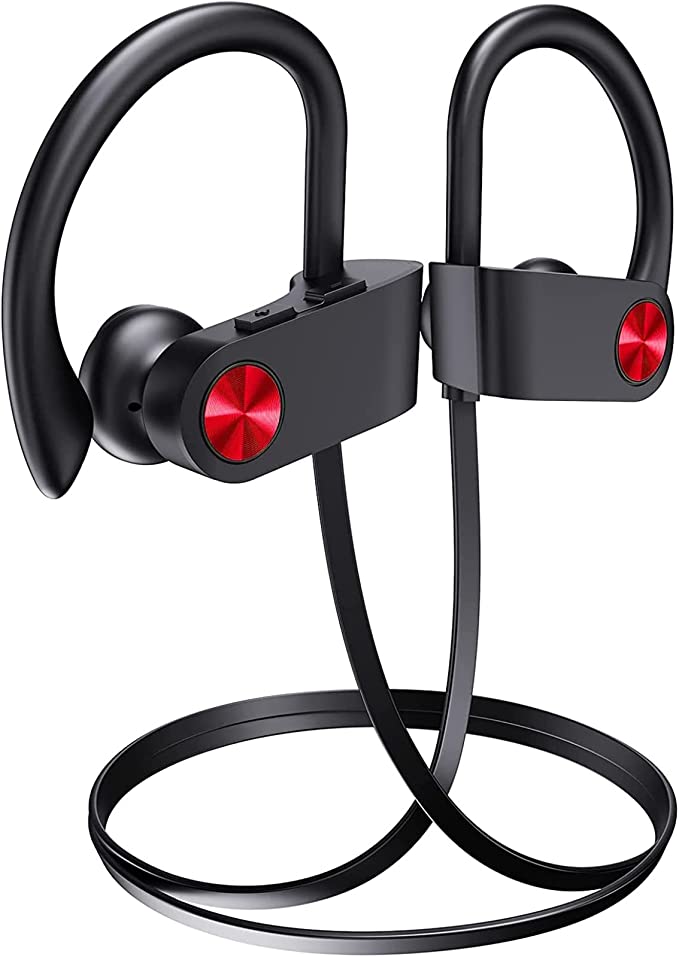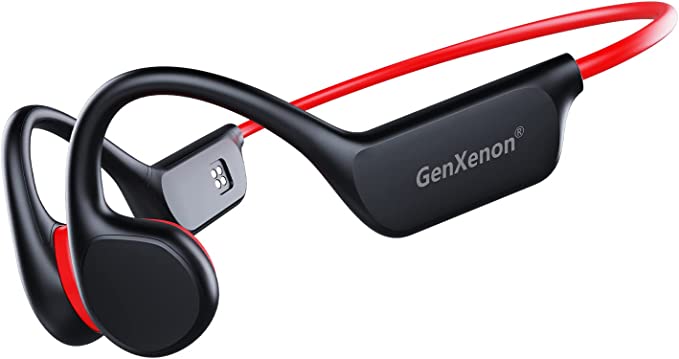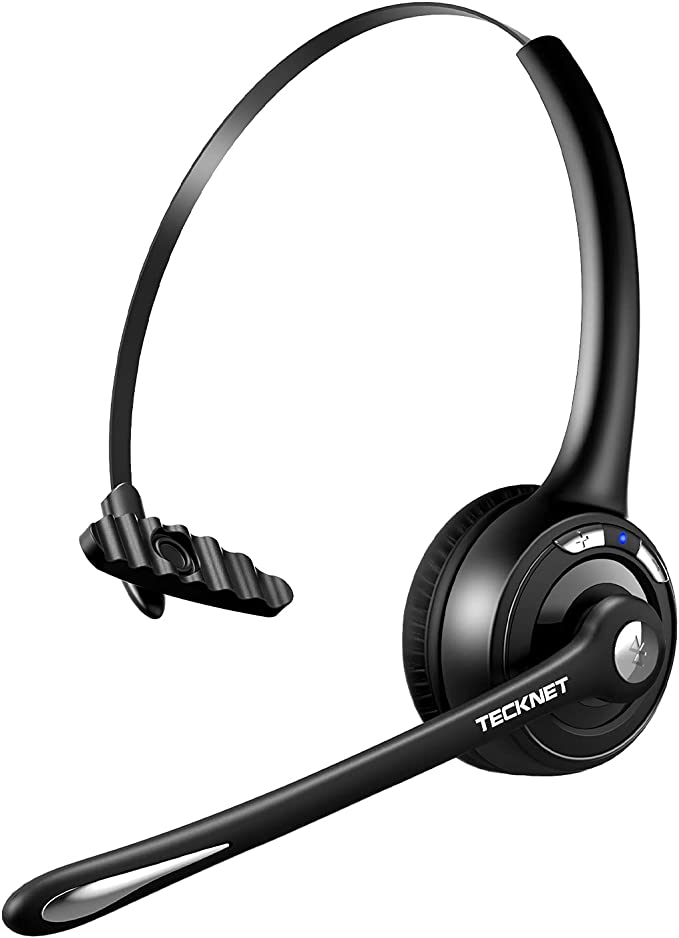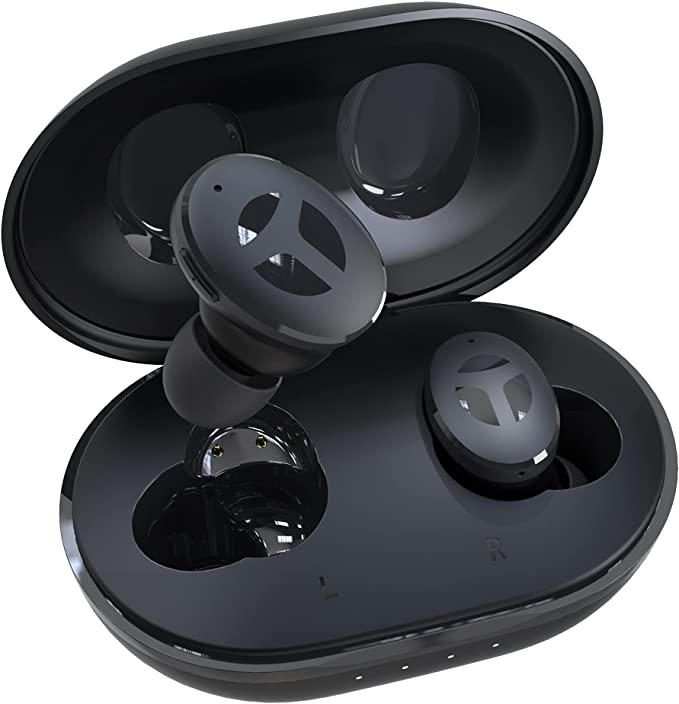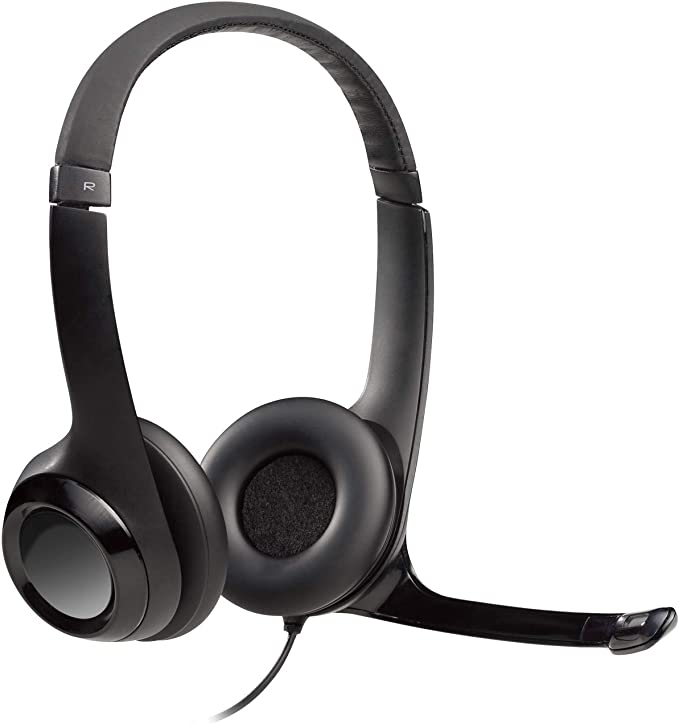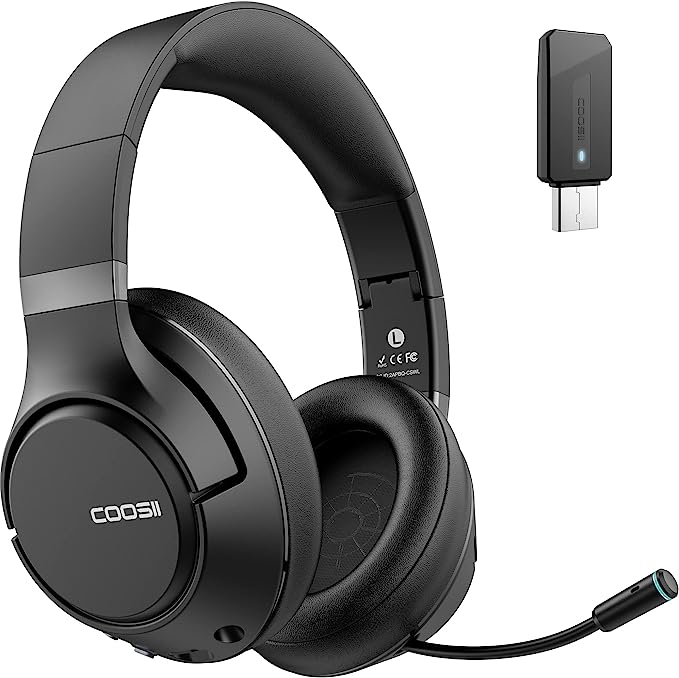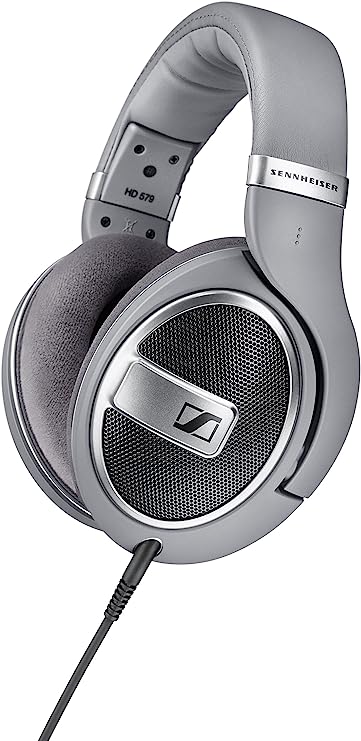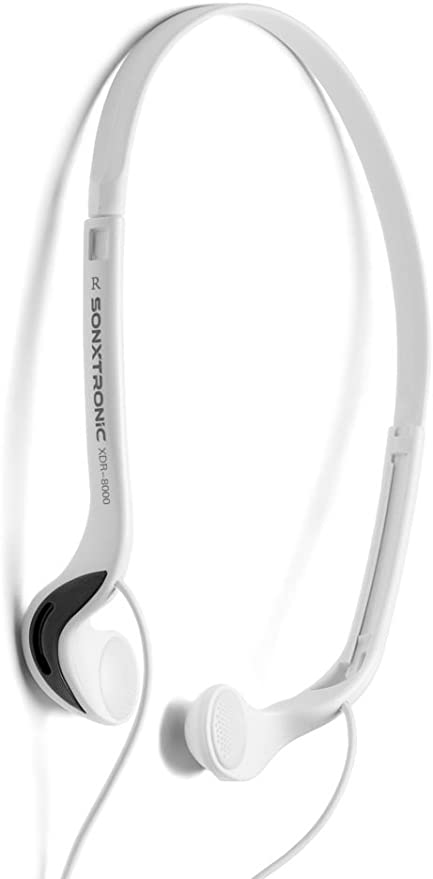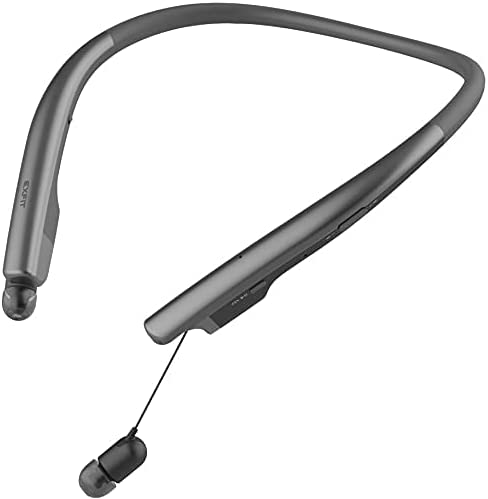Signals in the Noise: The Unseen Tech That Powers Music Festivals
Update on July 14, 2025, 11:54 a.m.
The bass vibrates in your chest, a physical presence as powerful as the tidal roar of fifty thousand people singing in unison. Lights slice through the manufactured twilight, painting ephemeral patterns on a sea of faces. You are immersed in a world saturated with sound, a place built from decibels and electricity. Yet, in this cacophony, a fundamental form of connection is often severed. You reach for your smartphone to find your friends, to coordinate a meeting spot for the headliner, and you’re met with a silent, mocking icon: one bar, then none. “No Service.”
This is the great paradox of the modern music festival. We are more connected than ever, yet in these moments of peak shared experience, our digital lifelines go dead, overwhelmed by the sheer density of a pop-up city. But the show goes on. The lights drop on cue, the sound mix is perfect, and medical help appears when needed. This seamless execution isn’t magic. It’s powered by a different kind of signal, one that cuts through the noise with resolute clarity. It’s a technology that is both a relic of the past and a marvel of modern engineering, and its story begins with the very company that put music in motion.

The Echo of History: From Car Radios to Critical Comms
Long before the smartphone, the name Motorola was synonymous with communication on the move. The company didn’t just pioneer two-way radios; they practically invented the category, starting with the first commercially successful car radios that untethered music from the living room. Their legacy is etched into history: from the battlefields of World War II, where their “Handie-Talkie” became an icon of tactical communication, to the silent expanse of space, where a Motorola transponder relayed the first words from the Moon back to a captivated Earth. This is a heritage built not on convenience, but on mission-critical reliability. The modern two-way radio, like the Motorola T803, is a direct descendant of this lineage, engineered with the DNA of dependability.
The Physics of a Solo Act: Cutting Through the Crowd
So, how does this venerable tech succeed where the latest smartphone fails? The answer lies in the fundamental physics of radio waves. Consumer radios in North America operate on the Family Radio Service (FRS), a set of frequencies in the Ultra High Frequency (UHF) band between 462 and 467 MHz. Think of a UHF wave as a nimble courier on a motorcycle. Its shorter wavelength allows it to better navigate the dense, chaotic “city” of a festival—weaving between crowds, tents, and equipment—more effectively than lower-frequency waves, which are more like long trucks that get stuck in traffic.
However, this courier has its limits. Every radio box promotes a maximum range, often as high as 35 miles. This is the first myth to bust. That figure is achieved under surgically perfect, line-of-sight conditions, like transmitting from one mountain peak to another. At a festival, the signal’s journey is a brutal obstacle course. It’s absorbed by the thousands of water-filled bodies in the crowd, reflected by the massive metal stage rigging, and weakened by every structure it passes through. According to the Federal Communications Commission (FCC), FRS radios are limited to a maximum of 2 watts of power on their main channels, a tiny fraction of a cell tower’s output. This is why realistic range is measured in hundreds of yards or a few miles at best, not tens of them. It’s not a flaw; it’s the law of physics in action.

The Secret Handshake: Crafting a Private Channel
With hundreds of these radios potentially in use at an event, how does the lighting crew avoid hearing the security team’s chatter? They use a clever system often misunderstood as “privacy codes.” These are not encryption. Instead, they are a form of selective hearing called the Continuous Tone-Coded Squelch System (CTCSS) or its digital equivalent, DCS.
Imagine it as a secret, subsonic handshake. Each radio in a group is set to broadcast an inaudible low-frequency tone—a “secret chord”—along with the user’s voice. A receiving radio in that same group will only unmute its speaker if it detects that specific tone. It completely ignores any other transmission on the same channel that lacks the correct “handshake.” This allows dozens of teams—sound, stage, medical, logistics—to share the same 22 FRS channels without crosstalk, creating a matrix of clear, organized, virtual channels essential for running a complex live show.
The Smart Bridge: When Classic Radio Meets Modern App
This is where the story takes a fascinating turn, bridging the analog past with the digital present. The most innovative modern radios, including the T803, incorporate Bluetooth. But not the kind of Bluetooth that streams music to your headphones. They use Bluetooth Low Energy (BLE), a brilliant protocol designed for sipping, not gulping, power.
Instead of a continuous data stream, BLE sends tiny, intermittent packets of information. This allows the radio to link to your smartphone without destroying its battery over a 12-hour festival day. Through an app like Motorola’s TALKABOUT, your phone becomes the radio’s brain. It uses your phone’s GPS to find your location on a cached, offline map. When you want to share your position or send a short message, the app hands this data off to the radio via that BLE bridge. The radio then does what it does best: it converts that digital data into a radio signal and broadcasts it over FRS waves to your friends’ compatible radios. Their devices receive the signal, reverse the process, and your location pops up on their phone screen. It’s a seamless chain that leverages the best of both worlds: the universal positioning of GPS, the processing power of a smartphone, and the go-anywhere reliability of radio.
The Encore: Built for Rain, Spills, and Storms
The backstage of a concert is a chaotic environment. The air is thick with dust, and liquids are frequently spilled. An outdoor festival is at the mercy of the weather. Any professional-grade equipment must be built to withstand this abuse. This is where engineering standards like the IP54 rating come in. As defined by the International Electrotechnical Commission’s IEC 60529 standard, this code is a promise. The ‘5’ signifies it is dust-protected, preventing airborne particles from compromising its internal components. The ‘4’ means it is resistant to water splashes from any direction. It can survive a sudden downpour or a spilled drink, a level of weather resistance that is essential for any piece of outdoor event tech.
For multi-day festivals, there’s an even more critical safety net: NOAA Weather Radio alerts. A radio equipped with this feature constantly scans a dedicated band of frequencies for emergency broadcasts from the National Oceanic and Atmospheric Administration. If a severe thunderstorm or other hazardous weather is approaching, the radio will sound an alarm, providing a vital, direct warning that is independent of any cellular network. It’s the ultimate backup plan, a piece of risk management that any event producer would value.

Bringing Backstage Tech to the Main Field
In the end, it all comes back to the signal in the noise. The technology that allows a stage manager to cue the pyrotechnics at the perfect moment is the same technology that can reunite you with your friends in the heart of the crowd. The robust engineering that protects a roadie’s radio from the elements can give you peace of mind when the sky opens up.
A great festival is an ephemeral symphony of sound, light, and shared human experience. It feels effortless, but that effortlessness is a carefully constructed illusion, built upon a foundation of countless, invisible signals that must not fail. By blending a rich history of reliability with the intelligent features of the modern era, today’s best communication tools have brought professional-grade dependability out from the wings and into the audience. They are a reminder that sometimes, the most powerful connection isn’t found on a screen, but in a clear, simple voice cutting through the noise.





